
The differential transfers power to your vehicle’s wheel from the engine, allowing them to operate individually from each other. While this may sound odd, your car’s wheels rotate at different speeds when you turn or corner, with the outer wheel rotating faster to cover the longer distance around the bend, so they need to rotate independently of each other. It’s a vital component that most of us don’t tend to worry about until it starts to fail.
The differential is next to the transmission housing on front-wheel drives, while on rear-wheel drives, it’s between the rear wheels. If you have a four-wheel drive vehicle, you’ll have two differentials at the front and the rear.
While there are various types of differentials available, a standard or open differential is composed of several elements:
- axle shafts
- differential side gear
- differential pinion
- drive pinion
- driveshaft
- housing
- ring gear
Table of contents:
- Symptoms your differential needs to be repaired
- What causes a differential to fail
- What are the repair options for a rear differential?
- How can I maintain my differential for a long life?
Symptoms your differential needs to be repaired
Knowing the symptoms and signs of a failing or broken differential will help you address the problem promptly and ensure you’re safe while on the road. Here’s what to look out for.
1. Noises
Whining or whirring noises can be a sign of a failing differential. You might notice them more when you accelerate, slow down or navigate a corner. Howling and humming sounds can also indicate problems with your differential’s components, such as worn-out bearings in the axle or damage to the drive pinion.
You may also notice a clunking or a clicking sound when you’re out on the road, turning, or using the accelerator pedal.
2. Overheating
Driving your car at high speeds for a long time, or hauling heavy objects, such as a caravan or trailer, can put extra pressure on your differential, causing it to overheat. That can then cause parts of the differential to break down.
The same issue can happen if you let your car wheels spin out a lot, causing damage to the differential.
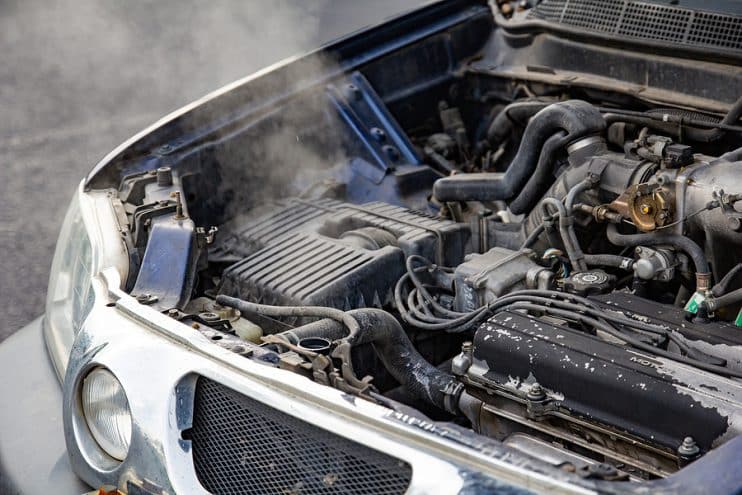
3. Vibration
If you feel a vibration that gets more intense as you accelerate, inspect your differential as soon as possible. Even if it’s not the differential causing the vibration, this is a symptom you should never ignore. If you’re not sure what’s causing it, have a mechanic give your vehicle a once-over.
4. Handling/steering problems
You might notice problems or difficulty handling the wheel of your vehicle, especially when cornering. If your vehicle is hard to control while turning or pulls to one side, it could be a symptom of a failing differential.
5. Gear grinding
Grinding sounds may also mean that the internal gears within the differential system are wearing out. Again, it’s more likely to happen when accelerating or turning a corner.
6. Tyre damage
The lack of control a failing differential has over your vehicle’s tyres will eventually show in the tyres themselves. Look for excessive tyre wear, uneven treads, or damage along the outer tyres.
7. Oil leaks
Your differential has gear oil to keep all the components working smoothly together. It also maintains temperature when you’re out on the road. You may notice fluid pooling under the axles if it springs a leak.
8. Out-of-balance driveshaft
If the differential is failing to transfer the right torque to the wheel, it can result in a propshaft that’s out of balance. You might notice your vehicle shuddering, have difficulty turning, or feel vibrations from under the vehicle, as well as all those noises that indicate something is wrong, such as squeaking, clicking or knocking.
9. Burning smell
A burning odour from the gearbox indicates that your differential oil is dirty or contaminated, and so it’s not keeping all the components running smoothly. This then causes the gearbox to overheat, resulting in a pungent smell.
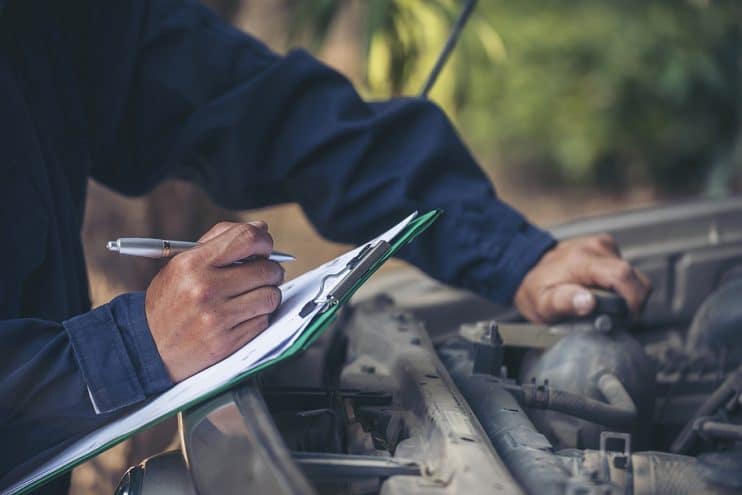
What causes a differential to fail?
A number of factors can cause a differential to start failing or break entirely, many of which are avoidable.
- Lack of oil: Even a tiny leak can mean the components in your differential end up grinding against each other. Every vehicle is different but each has a recommended mileage interval for replacing the oil. Your mechanic can check and top up levels.
- Wrong oil type: Oil plays an important role in protecting the differential. Make sure you check your user manual to see what kind of oil your vehicle requires before purchasing. The wrong oil can lead to poor lubrication and overheating.
- Reckless driving: Driving too fast for long distances, letting the wheels spin out and putting too much stress on your engine can all have a negative impact on your differential by causing it to overheat.
- Normal wear and tear: While differentials can last around 150,000 miles, they can be subject to wear and tear from everyday driving, just like every other part of your car.
What are the repair options for a rear differential?
Fortunately there are certain repairs that can extend the lifespace of your differential. These include replacing gaskets that have worn out or dried up. This should stop any fluid leaking out. You may have to replace the bearings for the pinion or the side, or both, which takes longer and can be costly. Finally, you can have the pinion and side sealed to stop any leaks but this requires the axle shafts to be removed and can take a lot of time and money to fix.
If none of these options is available, you may have to bite the bullet and buy a new or used differential, especially if your gears are unusable.
How can I maintain my differential for a long life?
The most important thing to do is change your differential oil as per your manual’s recommendations, and ensure your drivetrain is inspected every year. That’s all the parts that work together to drive power from the engine to the wheels.
Driving sensibly and safely, especially on potholed or gravelled roads, and avoiding hauling heavy loads will also help to keep your differential in good shape.

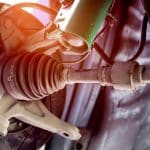
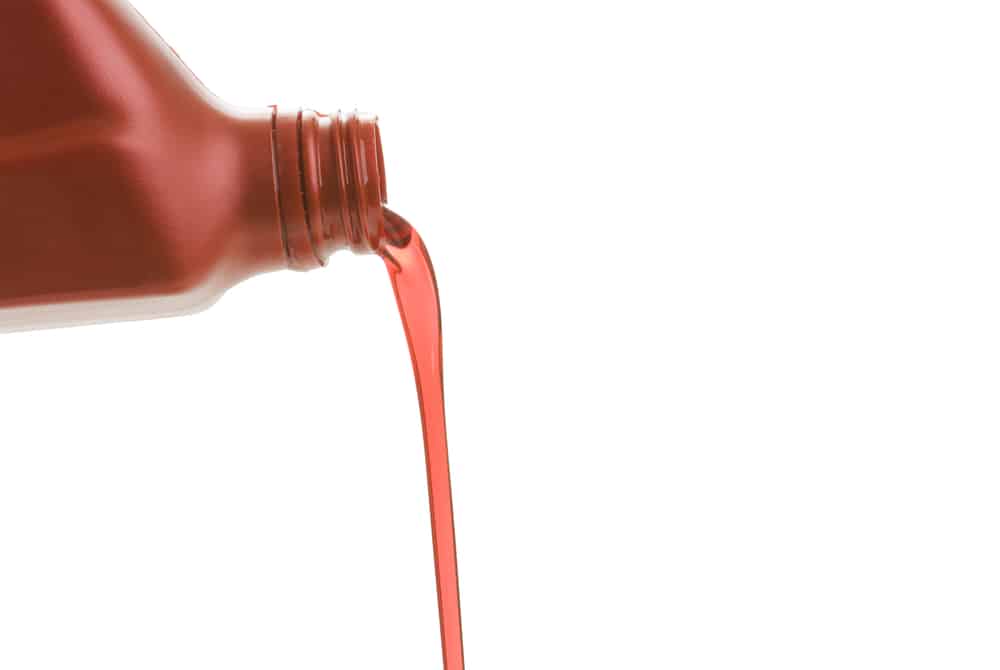
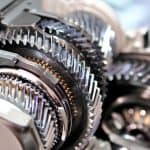
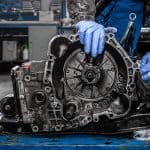

.png)